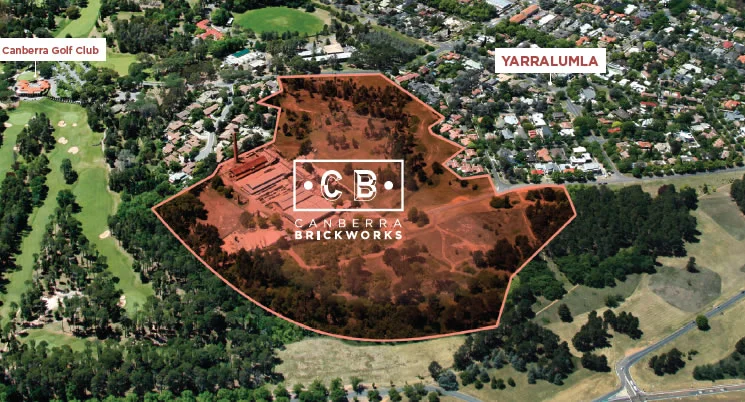Facing community crises at any time is difficult. When there are ‘concurrent crises’ it makes it even more challenging and complex to respond and engage.
Community members can feel disturbed, frightened or anxious. At the same time, organisations are also grappling with how to adjust, change and continue to move forward. There is value in continuous connections.
For those who missed our first ‘continuous connections’ webinar, we’ve pulled our top 10 tips for engaging through difficult times & working with high anxiety into a free, downloadable resource.













